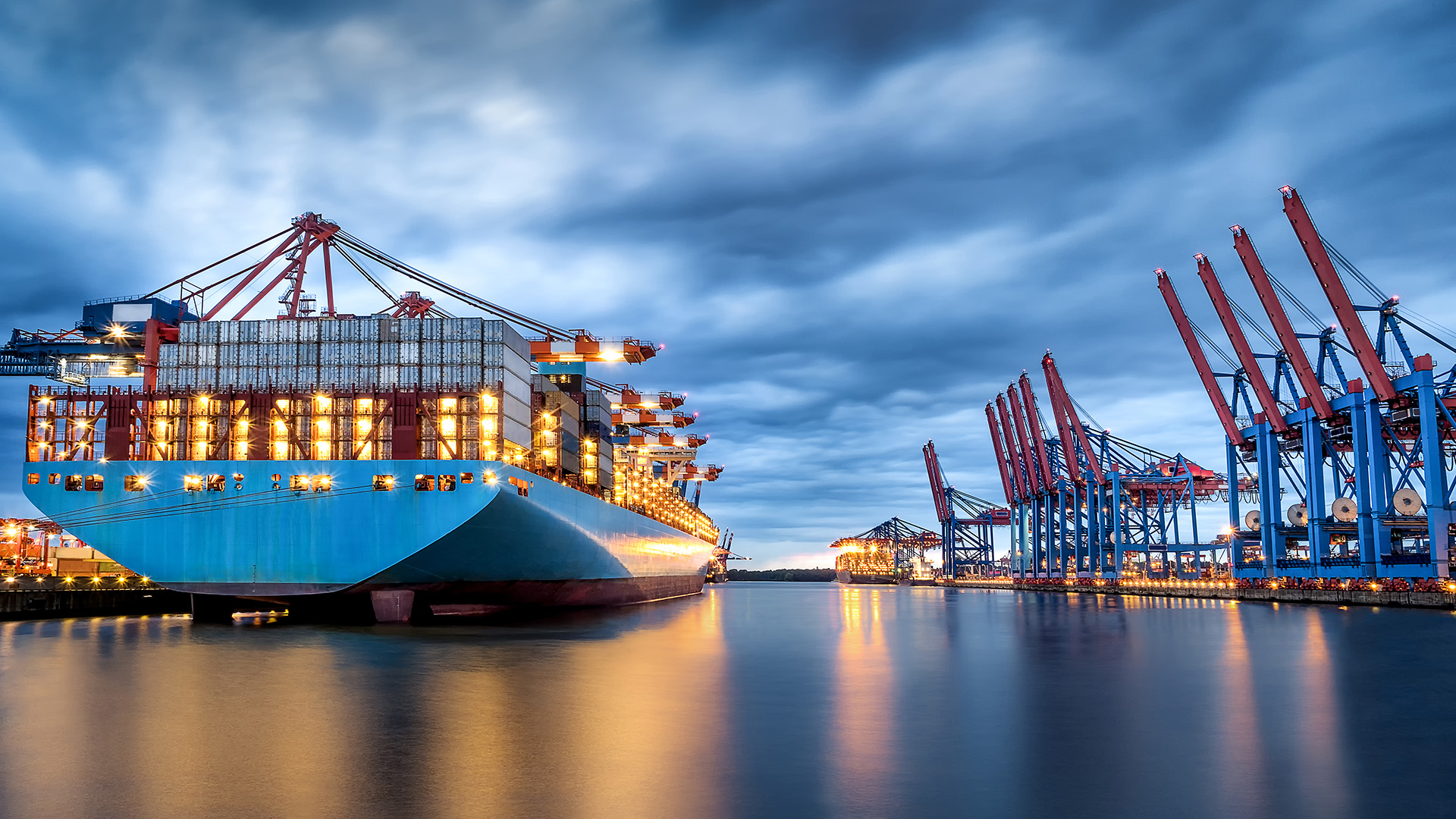As we reported in April this year, the EU emissions trading scheme (the EU ETS) is expanding to include the shipping industry.
With 2024, the first year in which vessel emissions will be included with in the scope of the EU ETS, just around the corner, shipowners and operators need to assess how the scheme will impact their business. The implementation of the scheme and the navigation some of the issues that it raises will be challenging for many and will require careful consideration and planning.
Shipping companies whose vessels call at EU ports will be liable for their vessel emissions from 1 January 2024 and surrender of the requisite number of emissions will be due in September 2025. Consequently, decisions on this issue cannot wait – contractual arrangements, the setting up of maritime operators’ accounts with Member State registries and development of a strategy for acquiring allowances to cover periods of off hire and down time, perhaps through a separate trading account, must be put in place urgently. However, this is challenging as such decisions have to be made against a background of regulatory uncertainty at both an EU and Member State level.
We consider a number of these issues below.
Who will be responsible for administering the EU ETS for a particular vessel?
The current EU ETS legislation prescribes that the ‘shipping company’ for a vessel will be responsible for administering the EU ETS for that vessel. A ‘shipping company’ is defined as the shipowner or, if a different entity holds the document of compliance (the DOC) for a ship, the DOC holder. This follows the EU approach generally where for the purposes of EU regulations on monitoring and vertification and FuelEU Maritime, a ‘shipping company’ is the DOC holder. DOC holders are usually the technical manager of a vessel and whilst it is appropriate that a manager should be responsible for compliance with international conventions, there are a number of concerns that the imposition of responsibility for compliance with the EU ETS would place a large administrative and financial burden on managers, particularly for those managers who would be responsible for a large number of vessels subject to the scheme.
The EU have acknowledged that there is a mismatch between how responsibility for the administration of the EU ETS should be allocated and general maritime law and have produced a draft implementing regulation (the Draft Implementing Regulation) to try and address this. The Draft Implementing Regulation provides that, if the DOC holder is to be the ‘shipping company’ for a vessel and so responsible for administering obligations under the EU ETS, it has to formally document (by way of a formal declaration) its acceptance of the role and that evidence of the acceptance of this mandate has to be provided to the administering authority in the relevant Member State.
Although the Draft Implementing Regulation is not yet in force and may be subject to change, following a recent consultation, shipowners and operators will need to consider where they want responsibility for the compliance with the EU ETS to lie: will owners deal with this themselves or will they delegate responsibility to the DOC holder? There will be a number of factors to consider in reaching this decision including:
- What implications will the choice of ‘shipping company’ for the purposes of the EU ETS have on the administering authority for a ship? The jurisdiction of incorporation of the ‘shipping company’ will determine which Member State is the administering authority for the scheme. Where a shipping company is incorporated in a Member State, that Member State will be the administering authority for a vessel. If a shipping company is a non-EU company, then the Member State with the greatest estimated number of port calls from voyages performed by that shipping company in the last four monitoring years or, if this is not applicable, the first Member State the vessel arrived at or started its first voyage from, will be responsible for administering the scheme. Depending on the jurisdiction of incorporation of the shipowner and the DOC holder, there may be a choice to be made between two different administering authorities which might influence the decision as to whether the shipowner or the DOC holder will be responsible for EU ETS compliance. This decision becomes even more complicated where a DOC holder is incorporated in a non-EU jurisdiction but has a place of business in a Member State. Here, the interplay between the EU regulations and the national laws of the Member State where the ship manager conducts his business will be an important consideration.
- If the DOC holder is to be mandated as the ‘shipping company’ under the scheme, both the owner and the DOC holder will need to consider how the costs and risks associated with compliance, in particular the purchase and surrender of allowances, will be dealt with. The DOC holder, as ship manager, will have to consider what level of liability it is willing to accept should the required number of allowances be surrendered for particular ships and if such breach of the regulations have an effect on the trading of the vessel.
What impact will the EU ETS have on chartering arrangements?
Decisions made by charterers around the employment of the vessel impacts vessel emissions and the level of vessel emissions directly correlates to the cost of complying with EU ETS obligations. As a result there will be a need for effective collection and exchange of data between shipowners and charterers to enable the compliance with the obligations imposed by the EU ETS, such that the charterer knows the cost of sending the vessel to an EU port in terms of allowances that will be required. Commercial decisions will also need to be made on how responsibility for bearing the costs of compliance with the EU ETS, particularly in relation to the purchase of allowances under the scheme, will be allocated.
The EU ETS directive provides that Member States should enact national legislation to ensure that if someone other than the shipowner or DOC holder is contractually responsible for making decisions about the use of the vessel that impacts emissions, which is common in chartering arrangements, that third party (the economic user) will be obliged to reimburse the shipping company for the costs arising from the surrender of allowances under the scheme: the so called ‘polluter pays principle’. In turn, the charterer is able to pass the costs on to the party that requires the goods to be moved by sea. There is no visibility at present as to how this legislation would work and it is possible that different Member States will take different approaches to implementing this in national law. Regardless of the possibility of lack of consistency between different Member States it remains unclear how effective such measures would be and how they would apply to chartering entities incorporated outside of the particular jurisdiction.
Given this uncertainty, charterers and owners should deal with this allocation of responsibility contractually. BIMCO has already produced an ‘ETS - Emissions Trading Scheme Allowances Clause for Time Charterparties’ which highlights the need to carefully consider the issues involved. One particularly complicated area is how allowances will be passed from charterers to shipping company: should there be a requirement for charterers to merely account for, or supply to the shipping company, emissions allowances on a monthly or other periodic basis, or would the charterer rather supply the allowances as a lump sum at the time that they are due for surrender? Supplying the allowances (or the cost of these) monthly is clearly preferable from a risk perspective to a shipowner as the value of such allowances, and the liability to surrender them will amount to a substantial sum over the course of a year. The shipowner will be concerned about counterparty risk (what if the charterer becomes insolvent before the allowances are transferred?), levels of liability and reporting requirements. However, that approach might interfere with a charterer’s trading or hedging strategy, which will become an important part of efficiently dealing with this liability. This is an area which will necessitate careful negotiation between charterers and owners to ensure that each party’s commercial needs are adequately balanced. Currently, there are many charterparties with no reference to emissions allowances at all and shipping companies will be concerned about potential and substantial liabilities if they are unable to agree arrangements with charterers.
How would mid-period changes in the ownership or chartering of a vessel be dealt with?
The EU ETS legislation envisages that emissions, and so a vessel’s liability under the scheme, will be calculated annually. This raises the question of how the sale of a vessel or start/end of a charter at some point part way through this period will be accounted for. In relation to a vessel sale, the buyer and seller will need to be able to calculate the emissions of the vessel up until the point of sale and decide how the seller will account for these: will allowances be transferred or will the cost of these allowances be added to the purchase price? If the vessel’s administering authority will change as a result of the sale, how will the transfer of allowances between accounts with different administering authorities be carried out? Similar issues arise with a mid-period change in the chartering arrangements for the vessel. Parties will also need to consider the likelihood or any adjustments being made to the emissions data during the verification process during the annual calculations: will some sort of guarantee have to be given by the seller or out-going charterer to compensate any shortfall? Equally will these parties expect to have some sort of clawback mechanism if it transpires the emissions for the period were less than expected?
It will be interesting to see if EU ETS liabilities impact maritime law more generally: for example, could we see a need for these liabilities to be treated as maritime liens which rank ahead of vessel mortgages in certain jurisdictions?
Conclusion
There are no ‘one size fits all’ solutions to these complex issues: owners, charterers and operators will need to consider their own position on these matters and how best to deal with them. Parties will need to obtain advice, possibly in various jurisdictions, in order to find the best solution. Owners and charterers are likely to negotiate hard to ensure that contractual documentation is clearly drafted to reflect the commercial agreement and reflect the level of risk each party is willing to take to avoid disputes further down the line. The value of the allowances required to be surrendered will increase year on year from 40% of recorded emissions for the year 2024 rising to 100% for the year 2026. These will be significant sums. Crucially, operators and charterers cannot delay their decision making on this topic, given the scheme is effective in less than three months’ time.






